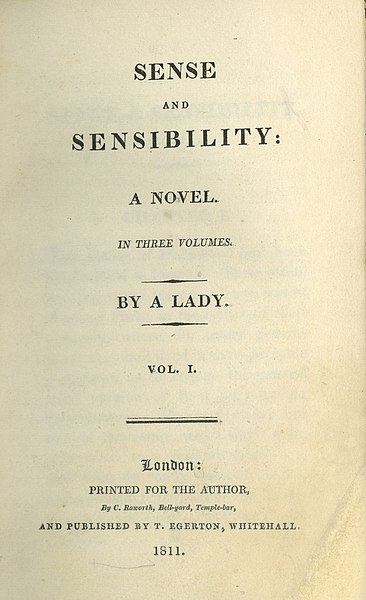The Posthumous Papers of the Pickwick Club was the first novel by English author Charles Dickens. His previous work was Sketches by Boz, published in 1836, and his publisher Chapman & Hall asked Dickens to supply descriptions to explain a series of comic "cockney sporting plates" by illustrator Robert Seymour, and to connect them into a novel. The book became a publishing phenomenon, with bootleg copies, theatrical performances, Sam Weller joke books, and other merchandise. On its cultural impact, Nicholas Dames in The Atlantic writes, "'Literature' is not a big enough category for Pickwick. It defined its own, a new one that we have learned to call 'entertainment'." The Pickwick Papers was published in 19 issues over 20 months, and it popularised serialised fiction and cliffhanger endings.
Original cover issued in 1836
Master Humphrey meets Mr. Pickwick, from the Master Humphrey's Clock magazine sequel
The Goblin and the Sexton
Discovery of Jingle in the Fleet
A debut novel is the first novel a novelist publishes. Debut novels are often the author's first opportunity to make an impact on the publishing industry, and thus the success or failure of a debut novel can affect the ability of the author to publish in the future. First-time novelists without a previous published reputation, such as publication in nonfiction, magazines, or literary journals, typically struggle to find a publisher.
The title page of Sense and Sensibility, Jane Austen's debut novel published in 1811.





